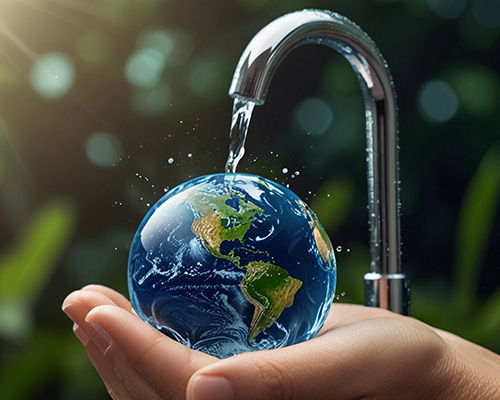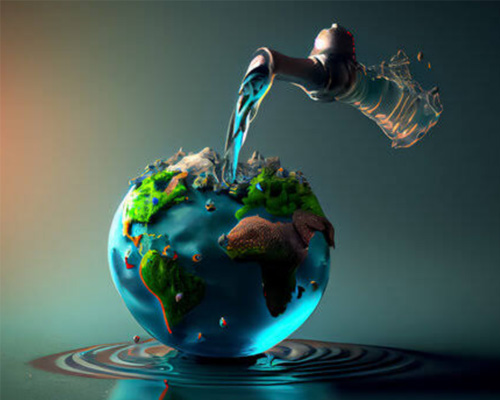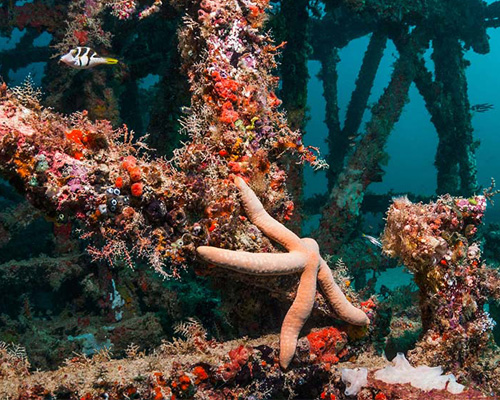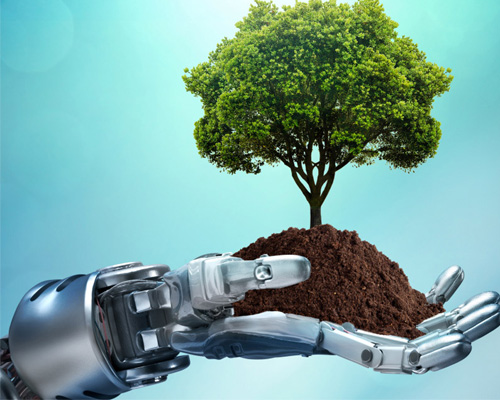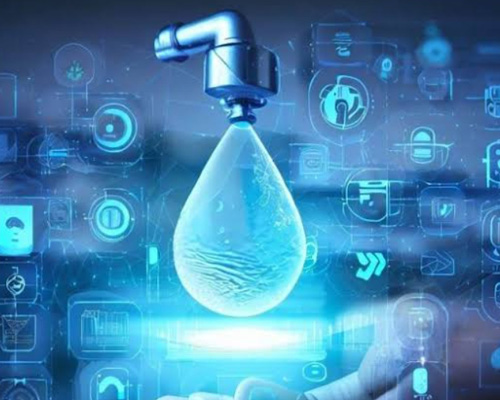The Future of Engineering: Trends Shaping the Next Decade
Engineering has always been the driving force behind human progress. From building bridges that connect nations to developing technologies that power our lives, engineers have shaped the world as we know it. But as we step into a new era defined by rapid innovation, climate challenges, and digital transformation, the engineering landscape is set to undergo a dramatic shift. This decade will demand engineers who are adaptable, creative, and deeply connected to global needs. Here are the trends that will define the future of engineering. 1. Artificial Intelligence and Automation in Design AI is no longer a futuristic concept — it’s here and transforming how engineers work. Impact: Projects will be delivered faster, with greater accuracy and reduced costs. 2. Sustainable and Green Engineering With climate change at the forefront, sustainability will be the heart of engineering solutions. Impact: The future engineer will not just build — they will protect and restore the planet. 3. Smart Infrastructure and Digital Twins Infrastructure will get “smarter” thanks to sensors, IoT, and real-time data monitoring. Impact: Infrastructure will become more efficient, sustainable, and resilient. 4. Advanced Materials and Manufacturing Engineering will push the limits of what’s possible through breakthroughs in material science. Impact: Faster production, reduced waste, and stronger, more adaptable products. 5. Space and Deep-Sea Exploration Engineers will expand humanity’s reach both outward and inward. Impact: New industries will emerge, and engineering will be at the heart of exploration. 6. Human-Centered Design and Ethics As technology advances, ethics will play a bigger role in engineering decisions. Impact: Engineering will be as much about people as it is about technology.

